New book leads Nova Scotians to sites long forgotten or off the beaten track
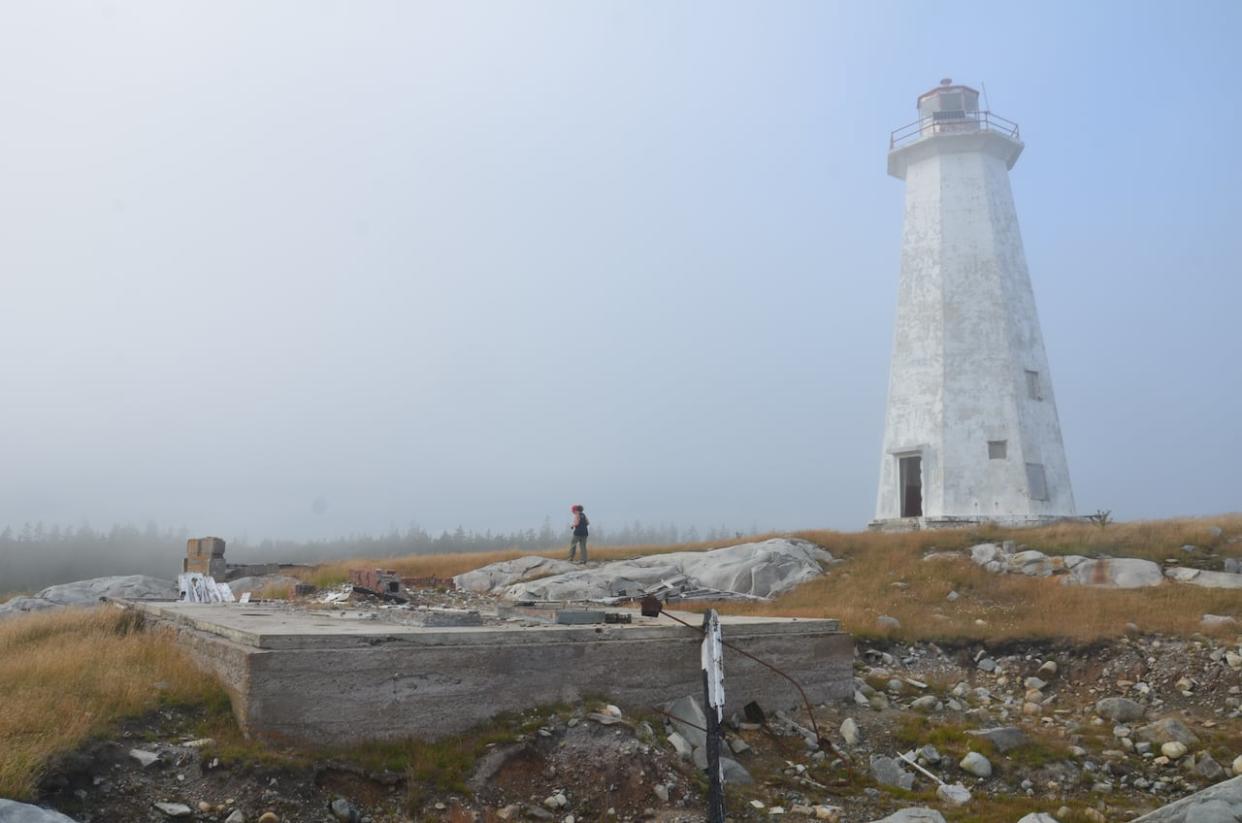
Scott Osmond's new book Hidden Nova Scotia is a guide to exploring some of the less well-known locations across the province that are worth a visit.
Speaking to Information Morning Cape Breton, Osmond said the places featured in the book have "historic, cultural, social or even geologic significance" to the people who live near them.
Osmond is originally from Newfoundland but lives in Nova Scotia.
His previous book, Hidden Newfoundland explored off-the-beaten-track locations in his home province and was published as an ebook in August.
Cape Breton
The remnants of lighthouses at Cape North on the isolated tip of Cape Breton are a testament to the structures that helped protect sailors and fishers for over 150 years, Osmond said.
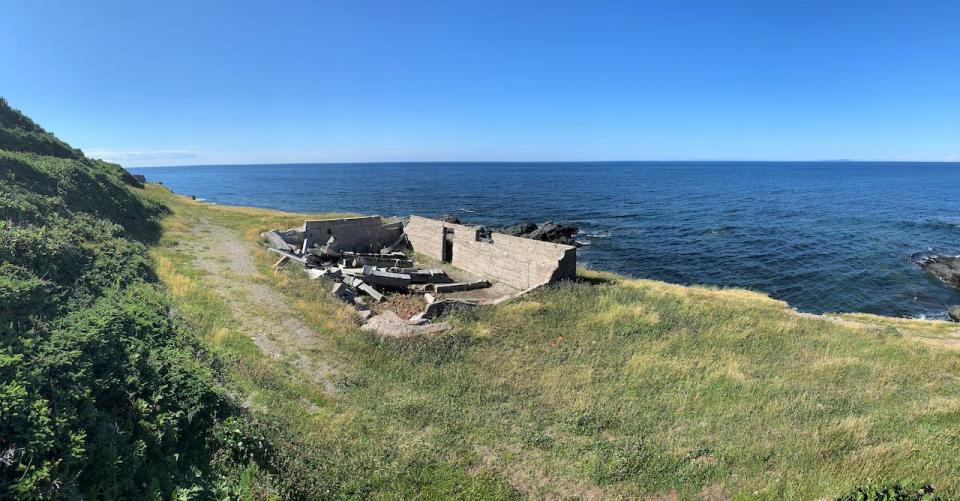
Osmond says there are the remnants of several lighthouses in the Cape North area of Cape Breton. (Scott Osmond)
"From these locations you can also see Saint Paul Island, which has been given the title of 'Graveyard of the Gulf,' just emphasizing how dangerous these waters were," he said.
The area is difficult to get to but well worth the trek, Osmond said.
Also in Cape Breton, near Sydney, the Oxford Battery and an adjoining control tower bear witness to the important role Sydney's coal mines and steel mills played during World War II.
Osmond said the harbour became a high value target for Nazi U-boats, resulting in it being fortified with coastal batteries, gun emplacements and watchtowers.
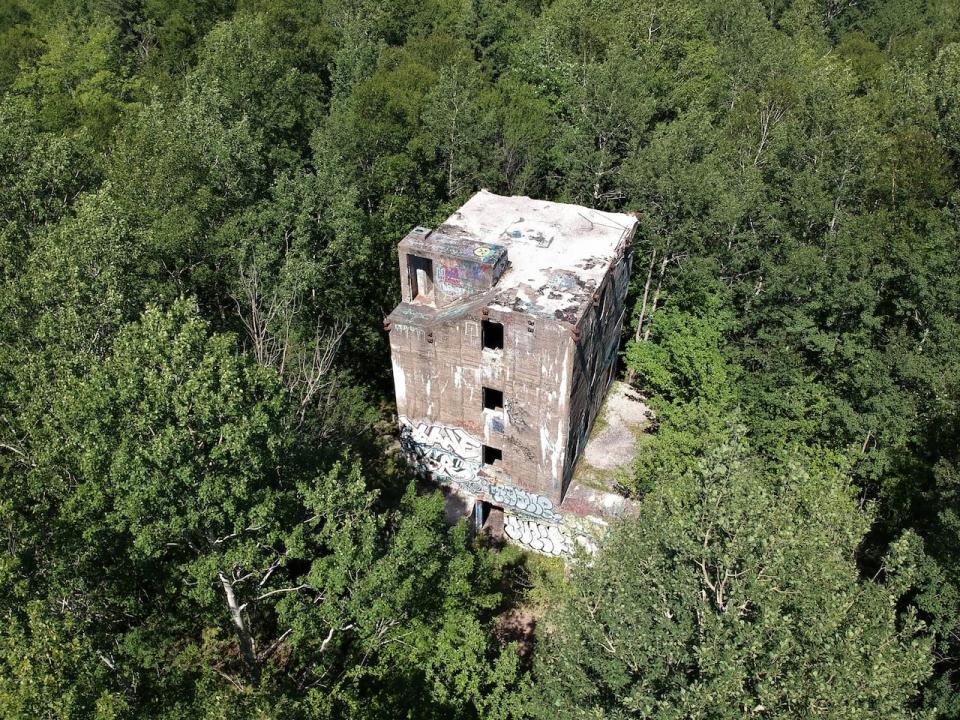
A four-storey concrete tower is part of the Oxford Battery near Sydney that was used to guard its harbour during World War II. It was used as an observation tower to guide fire from gun emplacements. (Scott Osmond)
The large concrete structure known as the Oxford Battery and a four-storey concrete observation tower date back to that time, he said.
"The tower was built to locate targets and guide the gun crew [in the gun batteries and also nearby naval ships] so they knew where they were firing toward, or if there was a threat to the harbour," he said.
The battery and tower were decommissioned after the war and the guns were sent overseas, Osmond said, but the structures remain visible reminders of Sydney's importance to the war effort.
Gold rush
During the late 1880s, gold was found along the Eastern Shore and people and companies flocked to the area, bringing a population surge to many small coastal communities, Osmond said.
One of these places, he said, was the Goldenville gold district in Guysborough County.
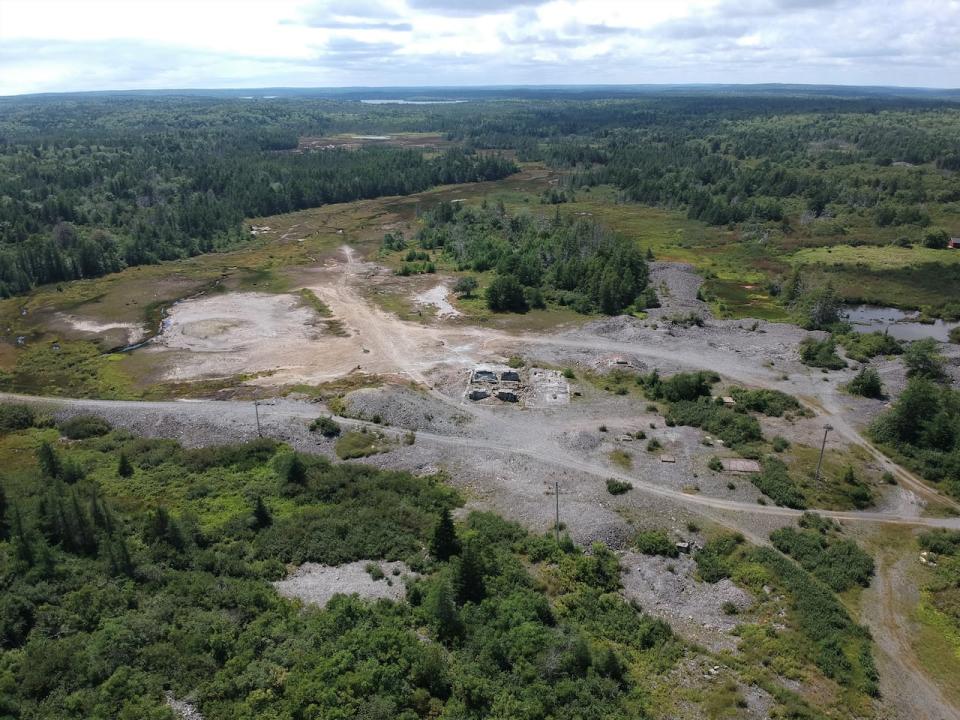
Once a thriving mining community, Goldenville is now largely deserted. (Scott Osmond)
Gold was first discovered there in 1862 and it became Nova Scotia's most productive gold mine, Osmond said. In 1869, 10,000 ounces of gold were mined there and 19 companies were operating in the area with a population of about 3,000.
Mining ended in 1935, he said, but there are still traces of the importance of the area and the significant environmental effects left behind.
Abandoned tugboat
An abandoned and rusting metal tugboat near Medway Lake in Annapolis County is the legacy of another industry that has waned in importance, he said.
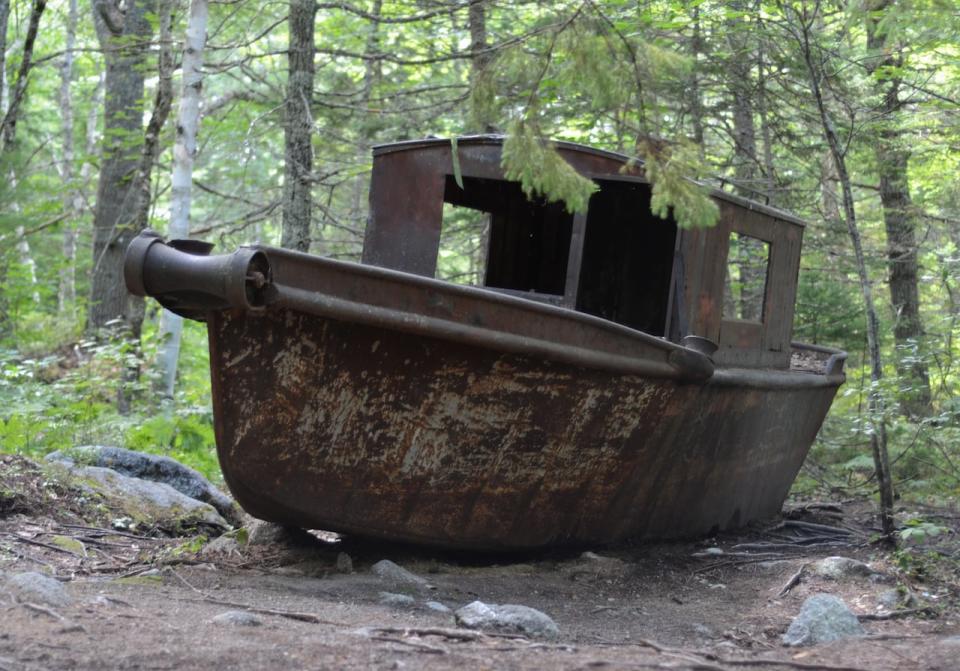
A tugboat that was used by the Bowater Mersey Paper Company to transport logs and booms across the lakes. (Scott Osmond)
According to Osmond, the tugboat was used by the Bowater Mersey Paper Company to transport logs and booms across the lakes.
"The tugboat's not very big," he said.
"You wouldn't really think it could move a whole lot, but what it was ... a very unique type of boat that used a winch to actually pull itself across the lake and pull itself to where it needed to go."
Natural beauty
Not all of the places Osmond highlights are man-made.
Two of his favourite places to visit are Wards Falls and the Diligent River slot canyons near Parrsboro in Cumberland County.
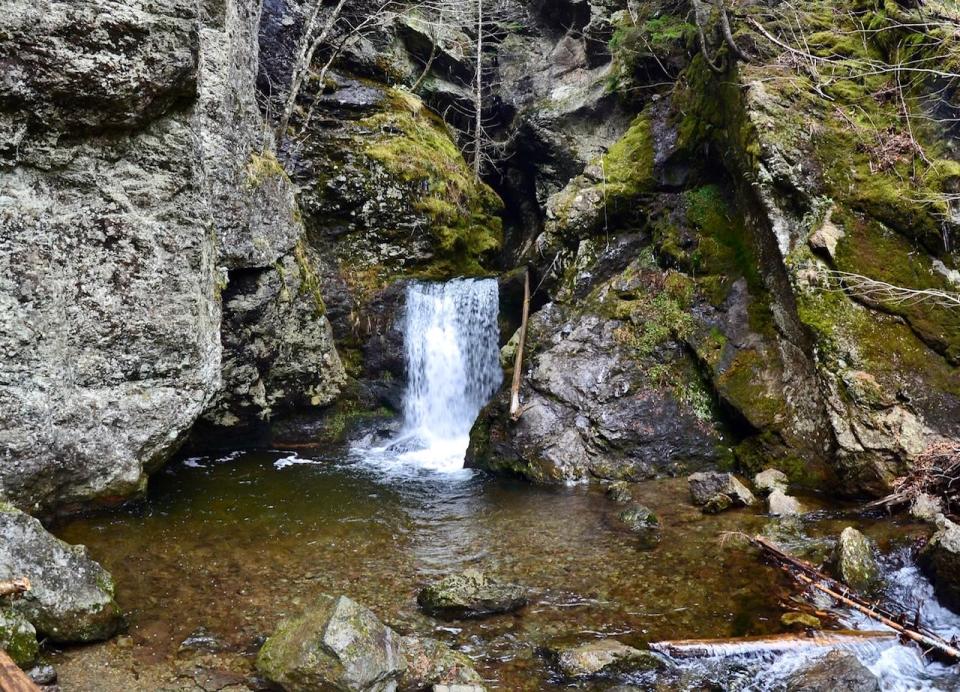
Wards Falls is located near Parrsboro in Cumberland County. (Scott Osmond)
He said it's a popular popular area with hikers and is known for its beauty. It features a three-metre waterfall flowing out from a cliff face.
Following the river past the top of the falls leads to a slot canyon created by the water eroding sedimentary rocks. He said there are other rivers in the area that have created similarly spectacular landscape features.
"While it is very difficult to get to it, they are some of the most impressive scenery that can be found in Nova Scotia," he said.
McNutts Island
McNutts Island, a four-kilometre island in Shelburne Harbour, holds an interesting history, Osmond said.
It features the Cape Roseway lighthouse and Fort McNutt, a gun defence battery that was built during the World War II.
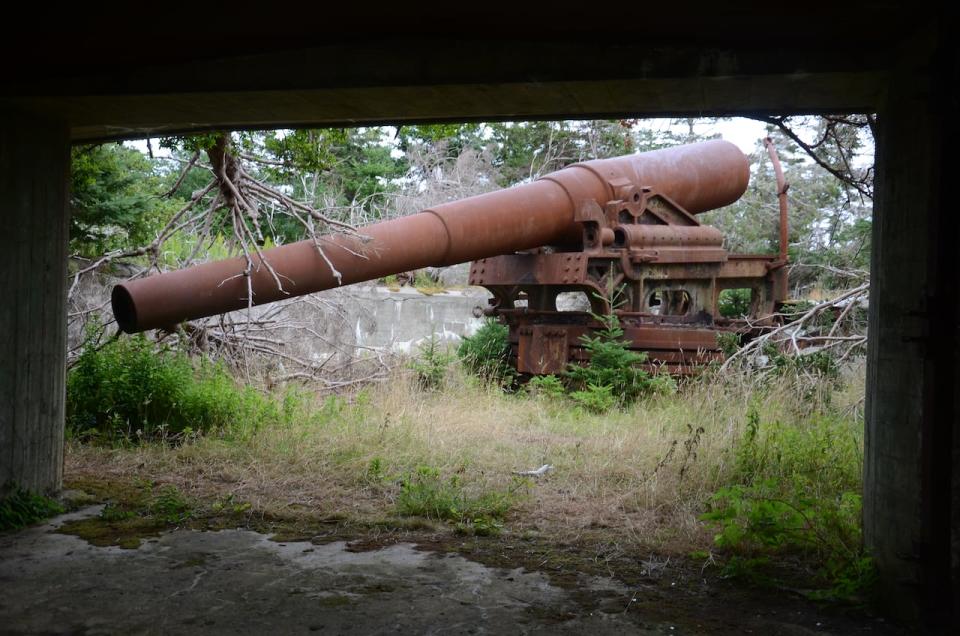
Fort McNutt has two 10-inch guns that were placed there during World War II. (Scott Osmond)
The fully intact lighthouse is surrounded by a number of related structures, he said.
The fort was set up to protect Shelburne Harbour and its naval facilities during the war and still has two guns that were left at the location.
They are two of the last remaining 10-inch guns in Canada, he said, and the island's isolation and unique ecosystem make it "an incredible place to wander through."
MORE TOP STORIES


